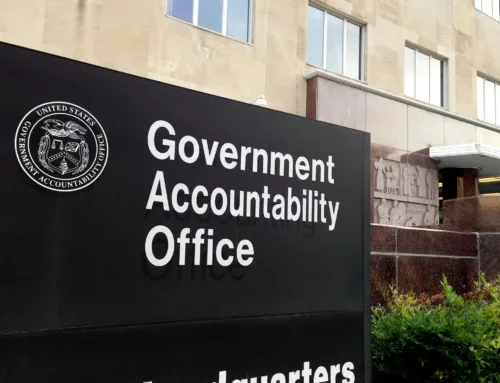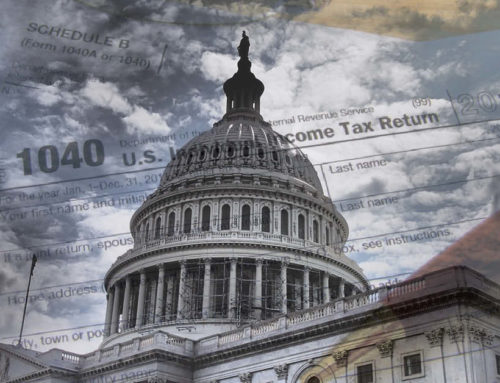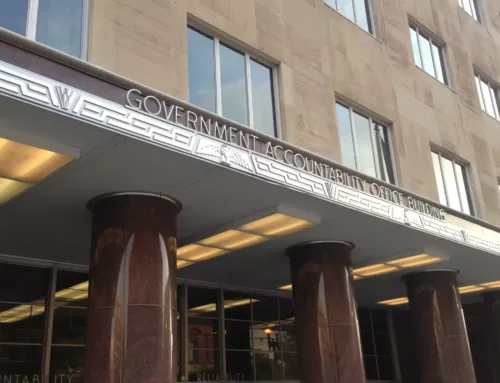Volume XVIII No. 27:
Some people daydream about sleeping on a pile of money. Well, if you take a sun-drenched snooze on the beach for the 4th of July, you’re pretty close. That’s because if you’re somewhere on the East Coast, it’s likely that your tax dollars paid to put that sand on the beach.
Just to be clear, the sand and the manufactured dune (berm) behind it weren’t put there for you to enjoy per se, that’s just a side effect. It was put there to protect valuable beachfront property from storm damage. Sure, having the beach there is a boon to the local economy: increased tourism, occupancy, and real estate taxes. But while the community and to a lesser extent, the state, get an economic boost, the federal taxpayer foots the majority of the bill. In fact, roughly two-thirds of the cost of these projects is borne by the federal taxpayer, and the projects go on for 50 years with additional sand pumping every few years.
There are a couple of problems with this approach. First, we’re often subsidizing wealthy homeowners or investment properties. Second, we’re encouraging more of this development with our federal policies. And third, these areas are by definition areas facing a high risk for flooding and storm damage. We only do the projects in areas where there is significant erosion, therefore significant potential damage, which is how you calculate the project “benefits” side of the equation to overcome the millions–sometimes billions–in cost.
Furthermore, it’s worth remembering that the beach remains after a storm. Beaches have “renourished” themselves since the land separated from the sea. Sure, in some areas it erodes away, but in other areas it grows. It’s only once we have drawn the proverbial line in the sand—that there must be a beach from this property line seaward—that it becomes a problem.
But the federal government shells out dough for more than just shoveling sand. To really fuel development and redevelopment you need some cash to rebuild after the inevitable storm. So, in steps the deeply-in-the-red federal flood insurance program, which pays off flood claims after disasters. To put the program in perspective, it takes in about $3.5 billion in premium revenue every year, but by last Fall it owed the Treasury more than $17 billion. After Superstorm Sandy struck, the program’s tab sat at more than $24 billion. While last year there were some federal flood insurance reforms that would move homeowners incrementally toward actual risk-based rates, lawmakers are relentlessly trying to undo them. And by the time it’s all said and done, federally-subsidized flood insurance may be as much as $30 billion in debt.
In addition to flood insurance payments, Uncle Sam understandably rushes in with post-disaster aid. Less understandably was the unprecedented post-Sandy response to waive cost-sharing rules and force taxpayers to bear the entire expense. In addition, too much disaster aid simply goes to rebuilding in mostly the same way in areas that we know are indisputably at high risk of future damage, and in coastal areas we know are going to be at even higher risk as sea level rise occurs over the next century.
The last thing the country needs is to maintain subsidies that encourage people to live in harm’s way and puts them back there through generous federal rebuilding aid. It doesn’t make sense. Instead, every dime of aid should make individuals and communities less vulnerable, more resilient, and ensure we don’t have to spend that dime again in a future storm.










